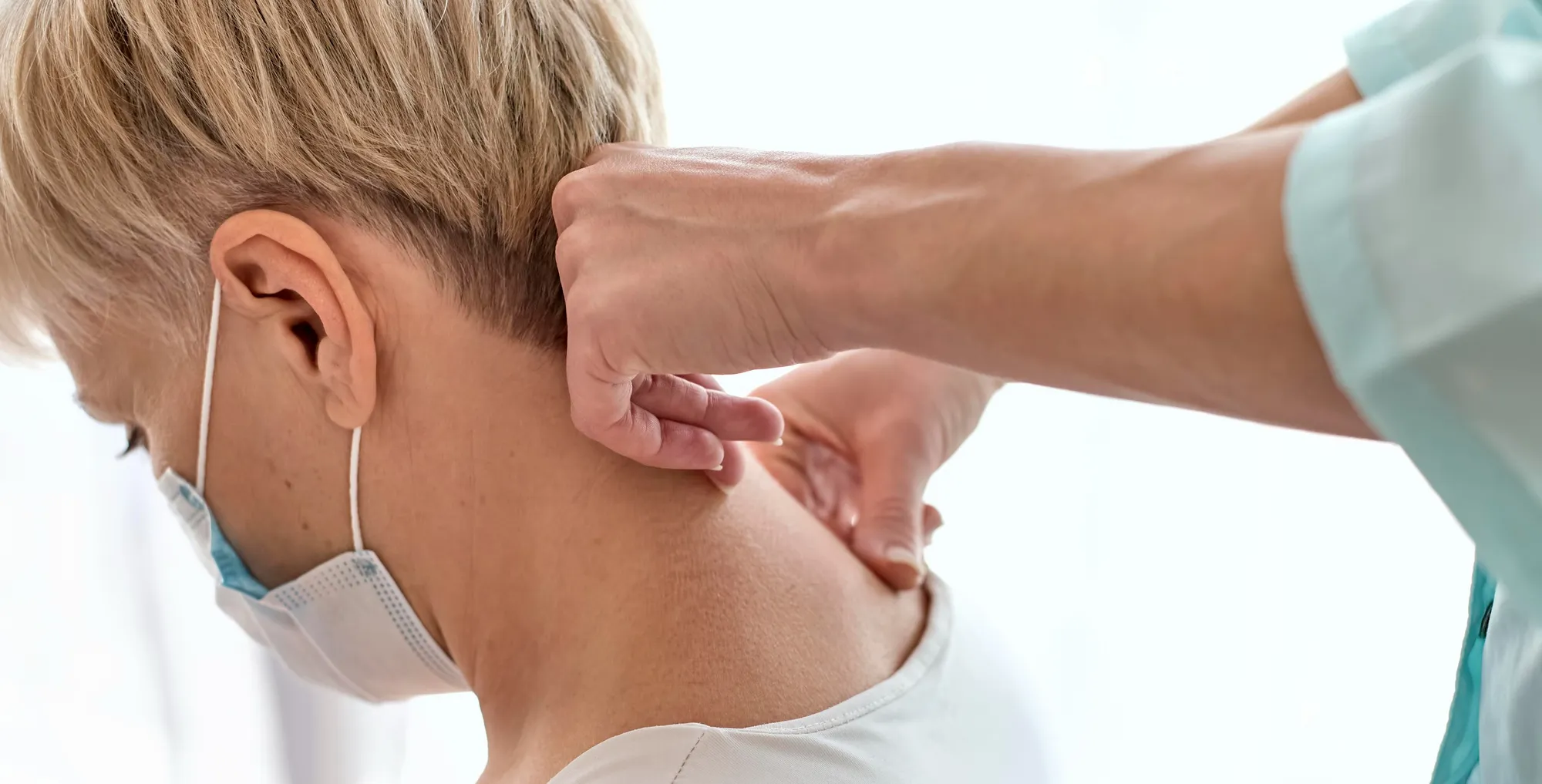Keywords
1. Neck Muscle Morphology
2. Feline Neuroanatomy
3. Neuron Analysis in Cats
4. Tissue and Cell Corrigendum
5. Morphological Correctional Study
In a recently published corrigendum in “Tissue and Cell”, titled “Morphological analysis of neck muscle nerves and neurons in cats,” researchers from various institutes in Japan have provided clarifications and corrections to their earlier groundbreaking study. The original research, which was first published in the journal’s 2023 June issue, captured the attention of both the scientific community and the public for offering a detailed insight into the complex nervous system of felines, particularly focusing on the morphological aspects of their neck muscles. However, in the pursuit of scientific integrity and accuracy, the authors found it imperative to address certain aspects that required further elucidation or correction.
DOI: 10.1016/j.tice.2024.102301
The team, which includes Kazumasa Sasaki from the Department of Anatomy at Toho University Graduate School of Medicine, Tokyo, Japan, Sei-Ichi Sasaki from the Center for Medical Sciences at Ibaraki Prefectural University of Health Sciences, Ibaraki, Japan, and Fumi Sato from the Department of Anatomy at Toho University School of Medicine, has conscientiously revisited their initial findings. The corrections serve to enhance the validity and reliability of their studies and contribute further to the scientific exploration of cat anatomy, neurology, and overall health.
The corrigendum, briefly cited as Tissue Cell. 2024 Jan 13 Tissue Cell Corrigendum to ‘Morphological analysis of neck muscle nerves and neurons in cats’ [Tissue and Cell 82 (2023) 1-11/102077]. 102301, addresses minor errors that were identified post-publication. These errors, while not undermining the overall conclusions of the study, are crucial for the precise replication of the study and the advancement of related research works.
Researchers and practitioners alike have been eagerly dissecting the morphological analysis provided in the original paper by the Japanese team. The study was groundbreaking in that it filled many gaps in the understanding of feline neuroanatomy, providing insights into the structure and function of neck muscle nerves and neurons that could have applications ranging from veterinary science to the adaptation of robotic movements mimicking natural organisms.
The Importance of the Original Study
Prior to the original study, data on the nerves and neural makeup of cat neck muscles were limited. Cats being agile and flexible animals known for their wide range of motion, particularly in the cervical region, hold a unique place in studies of muscle and nerve interactions. Understanding these interactions at a morphological level can contribute significantly to the fields of biomechanics, neurology, and even assist in the improvement of veterinary practices for diagnosis and treatment of feline neuromuscular disorders.
Making Amends through the Corrigendum
The clarifications presented by the authors do not detract from their pioneering work but rather reflect a commitment to research integrity. Corrections and clarifications in scientific publications are an inherent part of the scientific process, ensuring that all observations and conclusions are communicated with precision for the benefit of ongoing and future research.
As the original article was extensively cited (Tissue Cell. 2023 Jun;82:102077), careful attention was required to rectify the record. Among the corrected elements may be the labeling of diagrams, statistical data tables, or specific descriptions of neural structures found within the feline neck musculature. However, despite the changes, the core findings of the original study are upheld: a complex and detailed mapping of cat neck muscle nerves and neurons, which offers substantive ground for further study into this aspect of feline anatomy.
Impact on Future Research and Veterinary Practices
The corrected study sets a revised standard for accuracy in describing morphological features in cats’ nervous systems and serves as a reliable reference for future research in the field. Furthermore, the research could prompt more advanced studies focusing on the implications of these morphological aspects on the health and wellness of cats. Veterinarians might find the precise descriptions and corrected observations particularly useful in diagnosing and devising treatment options for cervical muscle injuries or neurological disorders in felines.
The commitment of Kazumasa Sasaki and his team to correct the record contributes to the broader scientific narrative that values accuracy and thoroughness in research dissemination. It is also a testament to the ongoing dialogue between researchers to refine understanding and provide the most accurate data possible.
References
1. Sasaki, K., Sasaki, S. I., & Sato, F. (2023). Morphological analysis of neck muscle nerves and neurons in cats. Tissue and Cell, 82, 102077.
2. Sasaki, K., Sasaki, S. I., & Sato, F. (2024). Corrigendum to ‘Morphological analysis of neck muscle nerves and neurons in cats’. Tissue and Cell, 102301.
3. Anatomy of the Domestic Cat – The Musculoskeletal System. (n.d.). Retrieved from https://veterinary-textbook-links.
4. The Significance of Morphological Studies in Veterinary Neurology. (n.d.). Retrieved from https://veterinary-science-journals.
5. Advancements in Biomechanics and Biorobotics Through Studies of Feline Anatomy. (n.d.). Retrieved from https://peer-reviewed-robotics-research.
This corrigendum showcases the ongoing pursuit of precision in scientific inquiry and reinforces the importance of accuracy in research that contributes to various practical applications. The corrected information within this corrigendum can inspire further investigation and research that continues to deepen our understanding of the complexity of animal anatomy and physiology.
